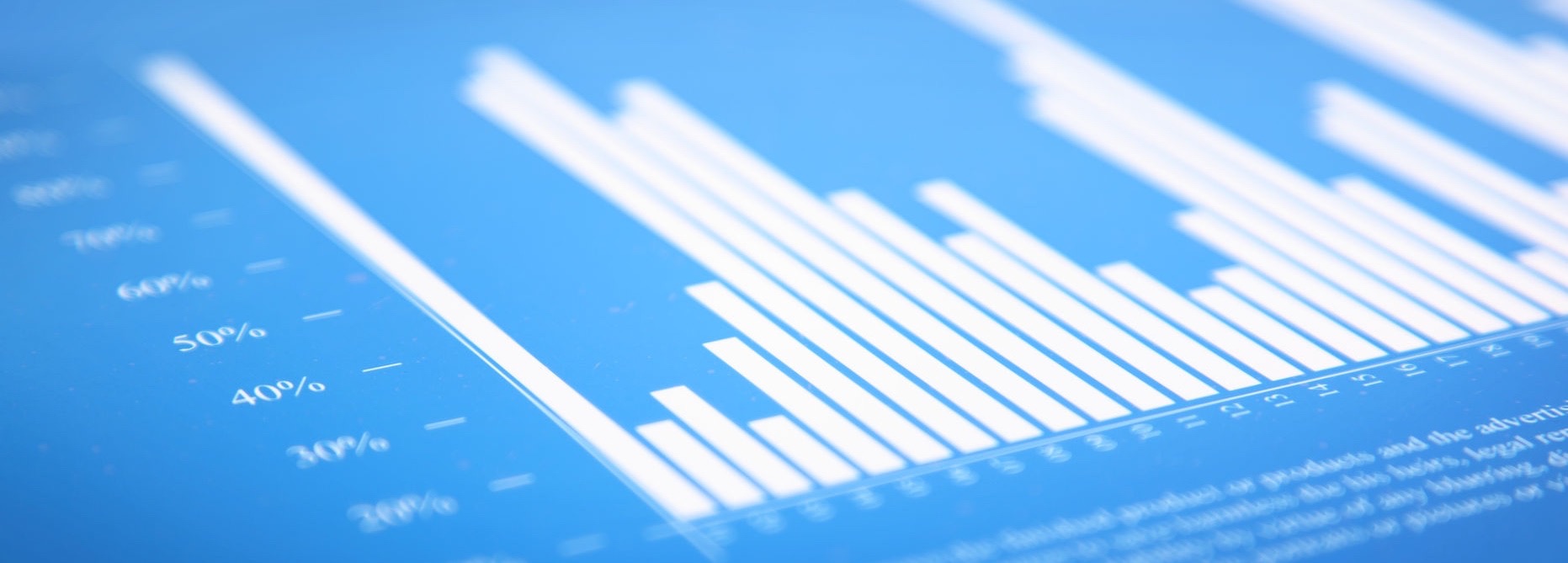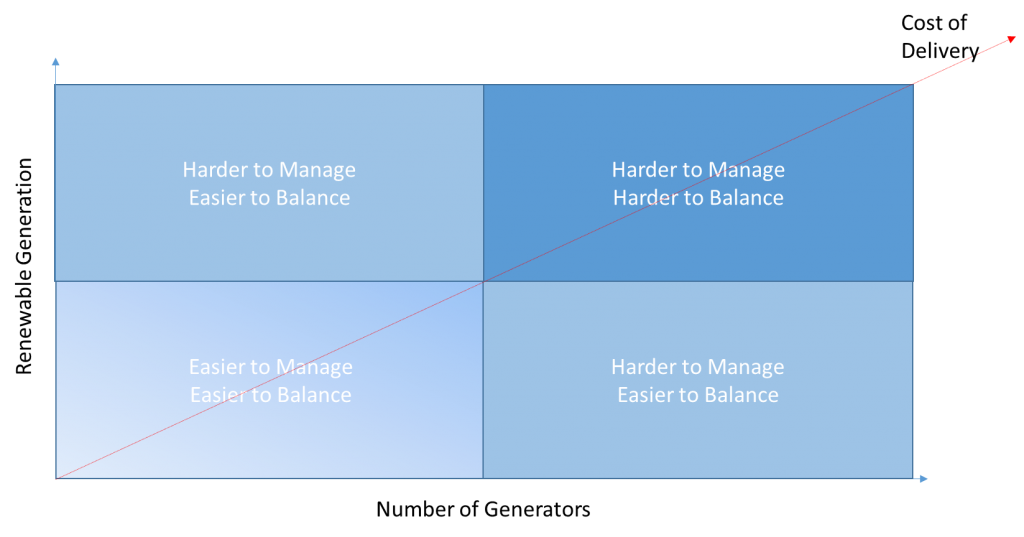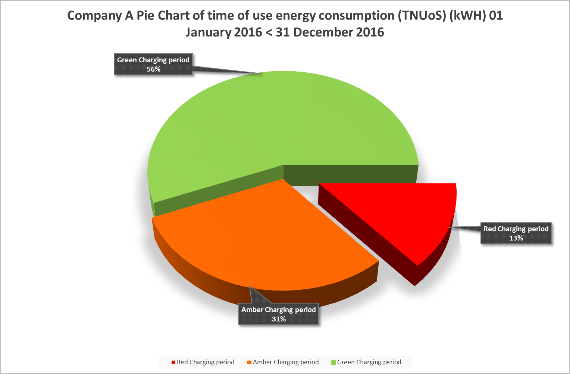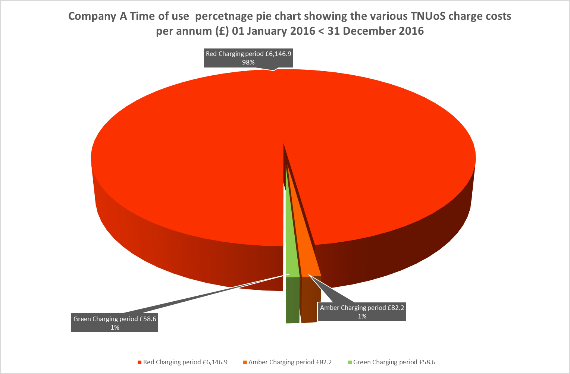
These days, sustainability and energy management is a board level or senior job function for most organisations. Historically the energy manager’s role has been to look at all energy streams on a site and minimise the energy consumption (kWh), very often with a relatively small budget or the proceeds of one project paying for the next. The actual consumption has, historically, been the lion’s share of the overall bill so by controlling that, costs have been driven down.
This is where issues often begin to arise. The accounts department is typically responsible for the actual supply agreements. However, they may have little or no understanding of process or load profiles and bills are being signed off regardless. In larger organisations, the accounts team is unlikely to even understand the breakdown of the bill and what the charges are.
Energy bills… one big puzzle?
Today’s electricity bills can be a real puzzle – with a whole host of confusing pass-through charges and levies listed. Until fairly recently these charges typically accounted for 10 – 15% of your total bill. Dependent on which part of the country you are located in, this is forecast to account for over 50% by 2020 with time of use charges included. To some extent these increases have been masked, over the last couple of years the actual cost per kWh has been static, so bill values have tended to remain fairly steady or have only been increasing slightly.

It’s not just how much energy you use, it’s WHEN you use it
Although energy costs continue to rise, the emphasis is no longer on just how much energy you use. The debate has shifted to: When do you use energy and can you use it during a cheaper tariff period?
In some cases it may be possible to change the time when processes happen without impacting on the overall outcome. In others it may be that only small measures can be taken, however, multiples of such can have a large aggregated impact.
It’s easy for costs to escalate…
Here’s an example: a pass-through supply contract in the South West of the UK, metered on the HV side, a typical week time day rate may be 9p/kWh during the period 17:00 to 19:00. A further Time-of-Use levy of 19p/kWH could be applied (2016/17 prices), therefore, even without other taxes, it would be 28p/kWh.
However…
If the same kWh of energy were used during the amber period (07:30 – 17:00 & 19:30 -21:30) 0.345 pence per kWh would be applied, the user could see a cost saving of nearly 19p/kWh.
While much depends on the location it is clear significant cost savings could be achieved where loads can be shifted to different times of day.
In reality?
The example data below for a food retail outlet shows the energy use broken down into the charging bands and the TNUoS annual costs for this location, clearly demonstrating the already significant loading of the costs during the red charging period.


It is possible to offset charges
A range of options are available to offset this. The simplest may be a review of when processes take place to minimise consumption at peak periods, through to the installation of equipment such as battery storage or localised generation such as CHP. Our view is that costs will vary dependent on solution, however, benefits will follow suit.
What next..?
Efficient Power Solutions is able to offer a complete range of energy surveys, energy monitoring and power quality surveys all backed up by comprehensive reports as the first step towards providing a turnkey solution designed for your requirements.



